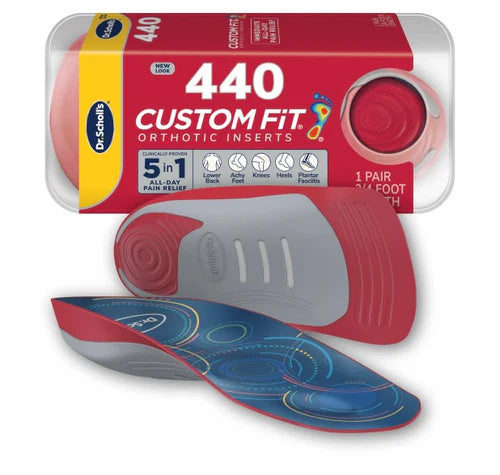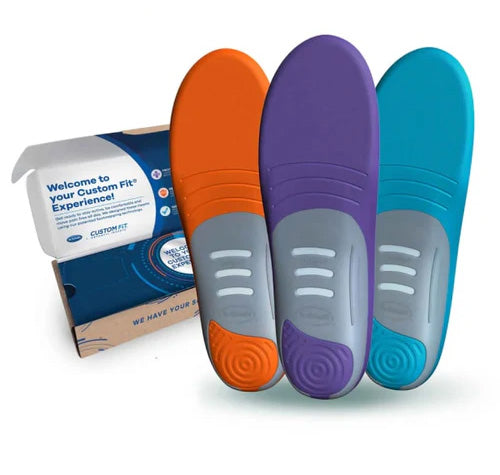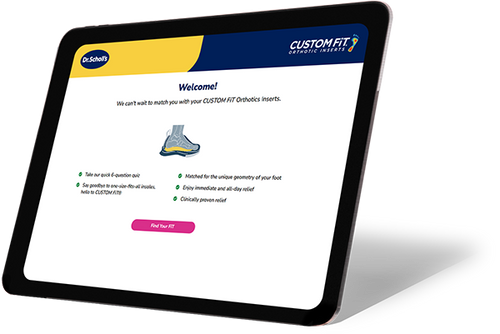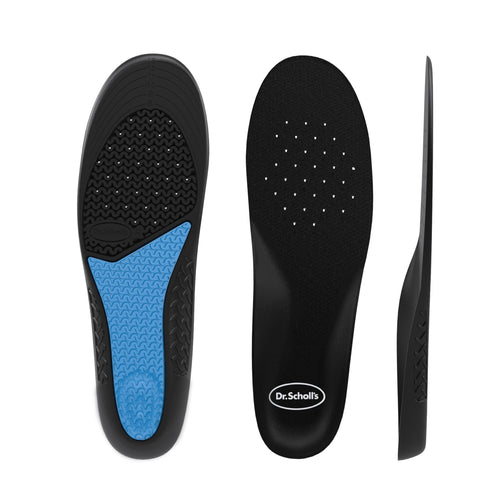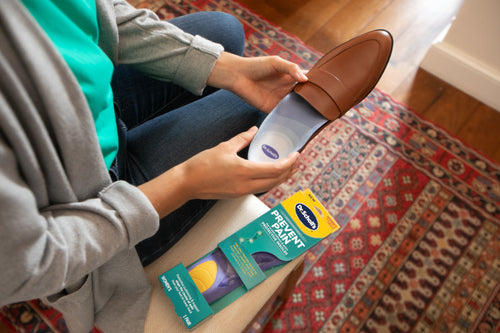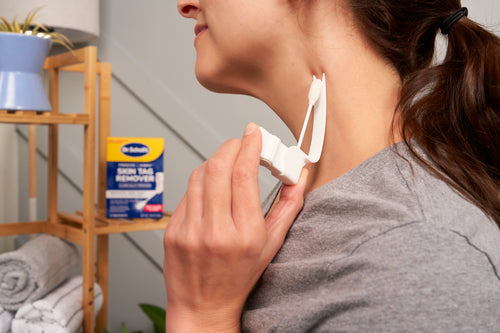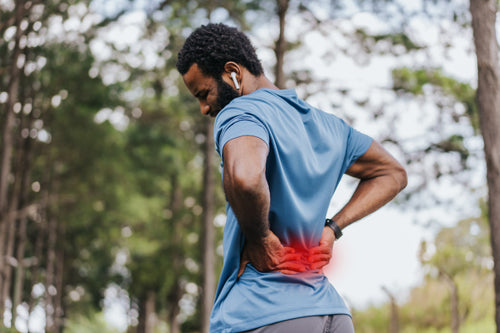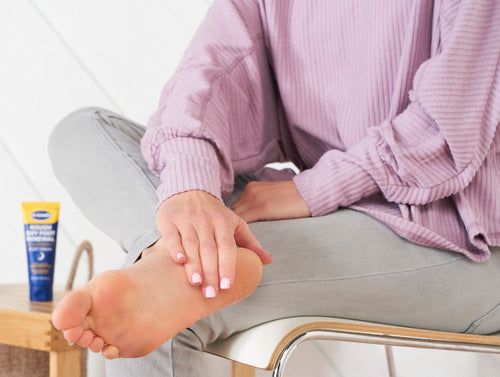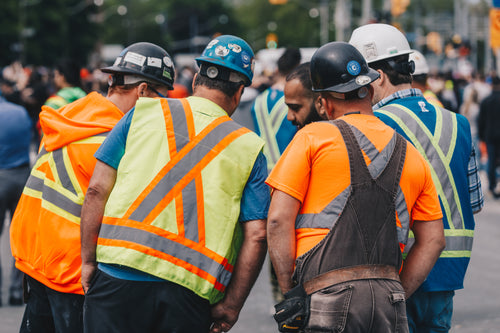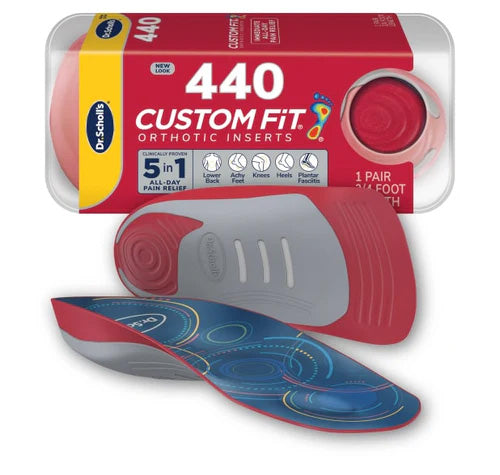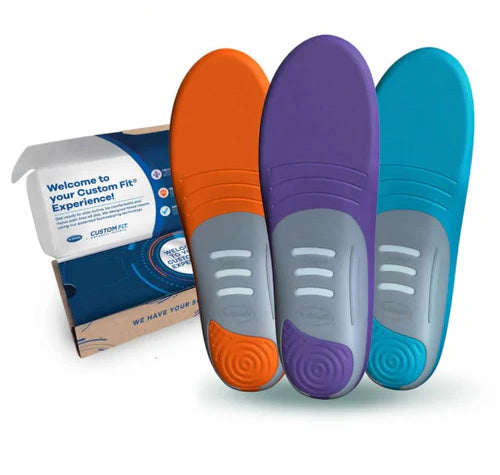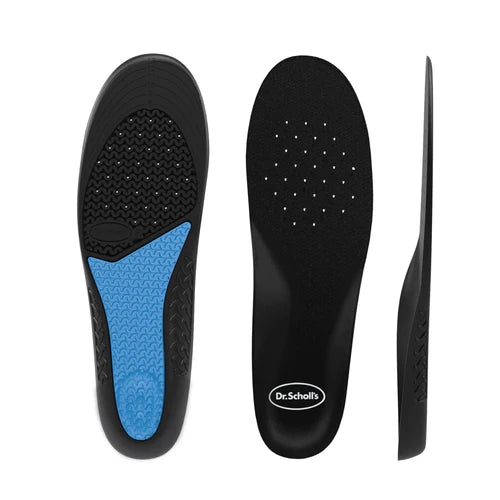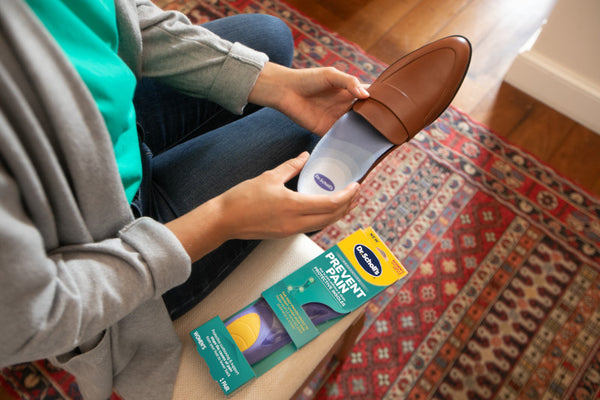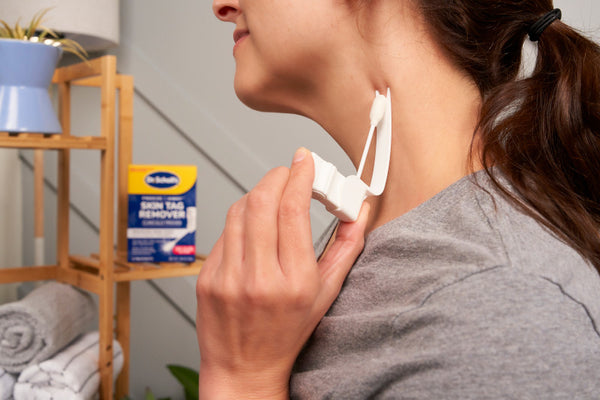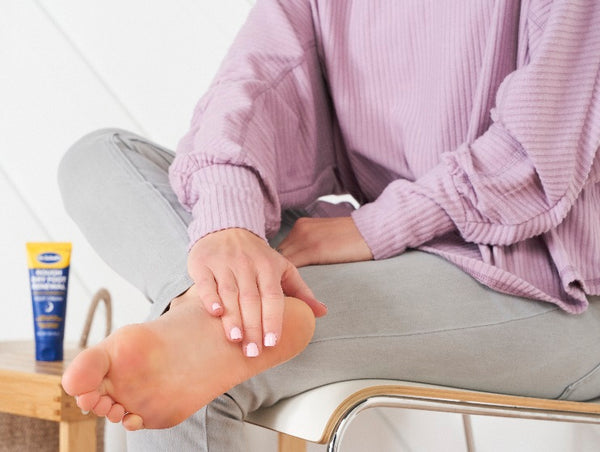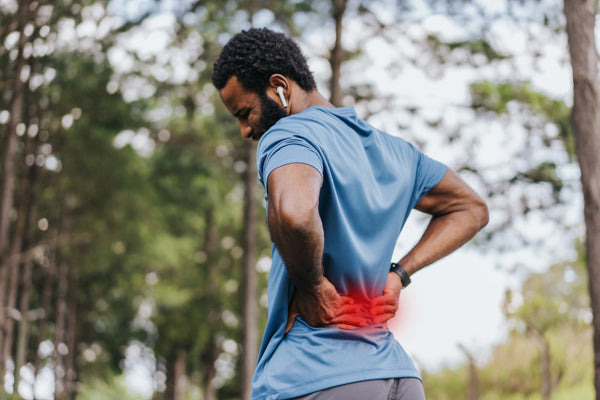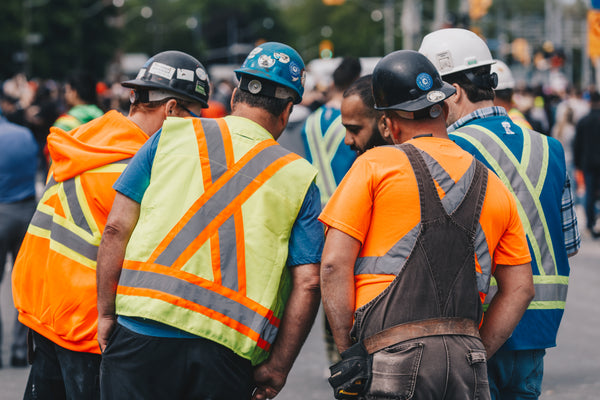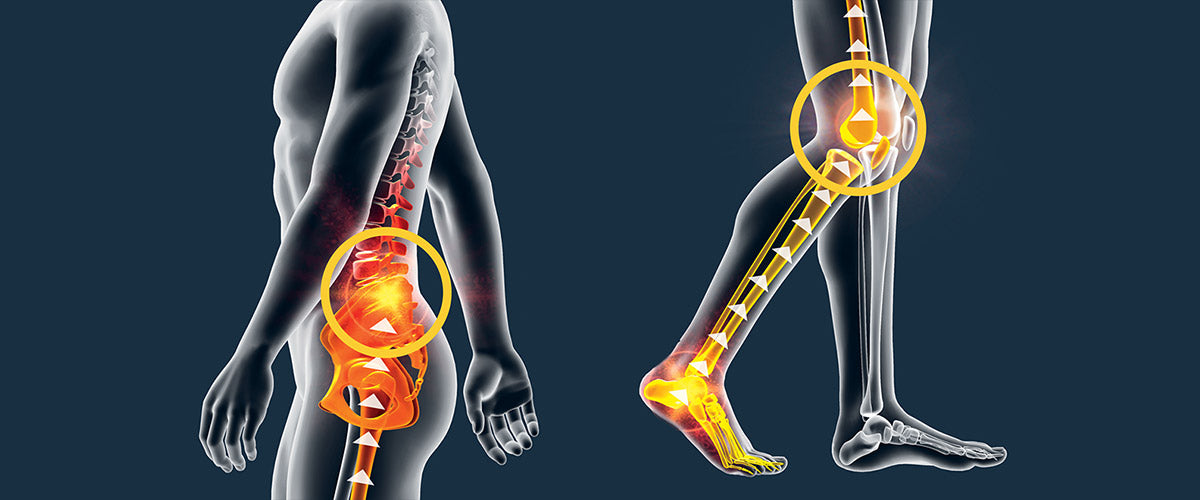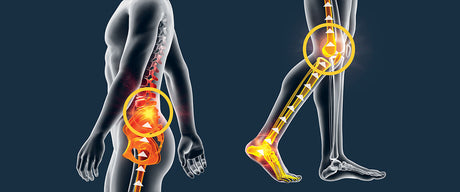If you’re experiencing lower back and/or knee pain, you’re definitely not alone. Actually, 80% of people have back pain at some point in their lives. According to the American Chiropractic Association, half of all workers experience back pain symptoms each year. Why are these pains so common?
Sometimes the cause of your lower back pain or knee pain is obvious such as when you experience a sports injury. In other cases, lower back pain may be due to structural issues in the lower back including disc degeneration, disc alignment issues or nerve impingement. It is important to see your doctors to get a diagnosis and get a treatment plan.
The culprit could also be your lack of foot support and/or poorly fitting shoes. How is this possible? Most commonly, knee pain comes from everyday exertions that put stress and strain on your knees and up the chain to your lower back. In the body, everything is connected so when one thing is off or weak, the related parts of the body have to do double duty to compensate and then those parts get tired and start to hurt. When you’re unable to maintain postural stability due to these issues or the related pain, your muscles and joints overwork, leading to more pain.
Let’s dig into the 3 main foot-related issues of lower back and knee pain. And, keep reading until the end where we reveal what simple adjustments can help solve for these issues and relieve your pain!
- SHOCK & IMPACT
When you walk your feet strike the ground which can cause a jarring shock that travels up your leg and into your lower back, putting strain on weight bearing joints in your ankles, knees, and hips. High-impact activities like running can add 2-3 times your body weight of stress. Even simple everyday activities like walking down the stairs can add 3-5 times to your body weight in pressure and stress. Did you know that your knees are actually the largest joints in your whole body? It’s true—and because of this, they take quite a beating, especially from activities including running, jumping, standing, bending, kicking, or dancing which puts extra stress on the tendons and ligaments that support your knees and kneecaps.

2. POOR ARCH SUPPORT
Have you heard of the term, “Flat Feet” or do you know if you have them? People with “Flat Feet” often unknowingly walk on the sides of their feet and tend to have balance issues. This causes misalignment up the ankle, knees and hips which puts extra stress on the knees, spine and lower back.

The way you walk is dependent on the shape of your feet and the shoes you wear. If you walk with neutral pronation, meaning that your foot rolls naturally 15% inward, your body is able to absorb the shock, and keep your ankles and legs properly aligned which makes you less prone to pain and injury. However, if you walk with an overpronation pattern (weight on the insides of your foot), or supination (weight on the outsides of your foot), this misalignment causes extra stress on your knees and back.

3. FOOT DEFORMITY
There is only a small percentage of the population who are born with foot problems. Foot deformities such as high arches, flat feet, hammertoe, claw toe, mallet toe, and bunions can be causing your back and knee pain. These deformities can change the way you walk which then changes the way the bones of all the other joints move with each other, wearing down the cartilage in your joints, and stressing the ligaments and tendons beyond their normal range. If you think you may have a foot deformity, make sure to see a Podiatrist before trying any of our recommended solutions below in case there is a surgery or other treatment needed to fix an issue.

Solutions to Ease Your Lower Back and Knee Pain
You’ve now learned more about how misshapen feet, lack of support, postural instability, and the shock of continued impact can be the root of your lower back and knee pain. So, let’s talk about how to make easy adjustments to give your feet the support, shock absorption, and alignment they need so your body can feel good!
Dr. William Scholl’s expertise in shoes, combined with his medical background, allowed him to develop many of the innovative solutions available today that help people be active, comfortable, and pain free all day long.
Adding Dr. Scholl’s orthotics for back pain or orthotics for knee pain to your shoes can help you walk with better alignment, provide immediate pain relief, absorb shock, correct for imbalances, and support your feet for more comfort while walking and at rest.


Something else to consider is what shoe you’re putting the inserts in. You’ll want to choose supportive shoes that properly fit. Some shoes even come with a removable insole which you can replace with an orthotic. The right orthotic will help distribute your weight evenly, absorb shock at impact to prevent this trauma from traveling up to your knees and lower back, and support your foot arches to increase stability and reduce those extra motions that can aggravate your lower back muscles. So, once you address the problem at its source, you can ease your pain all day, every day!

